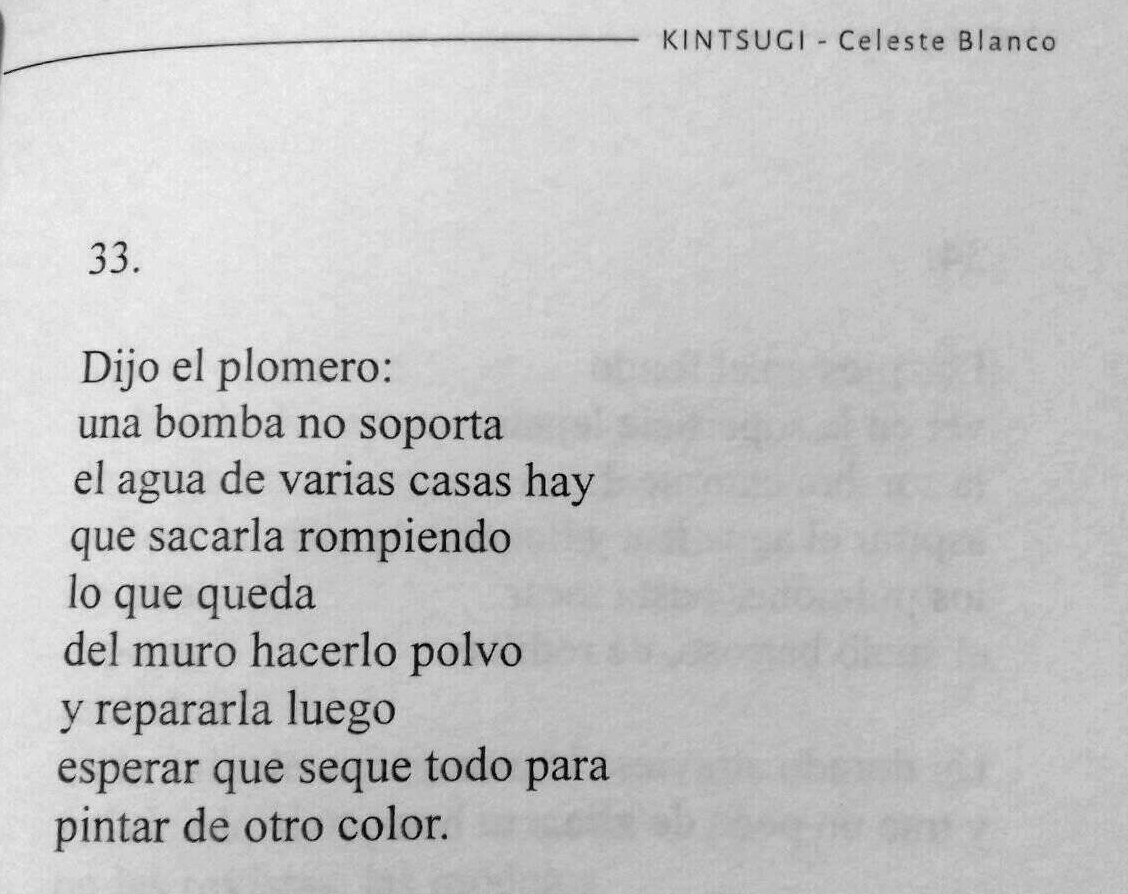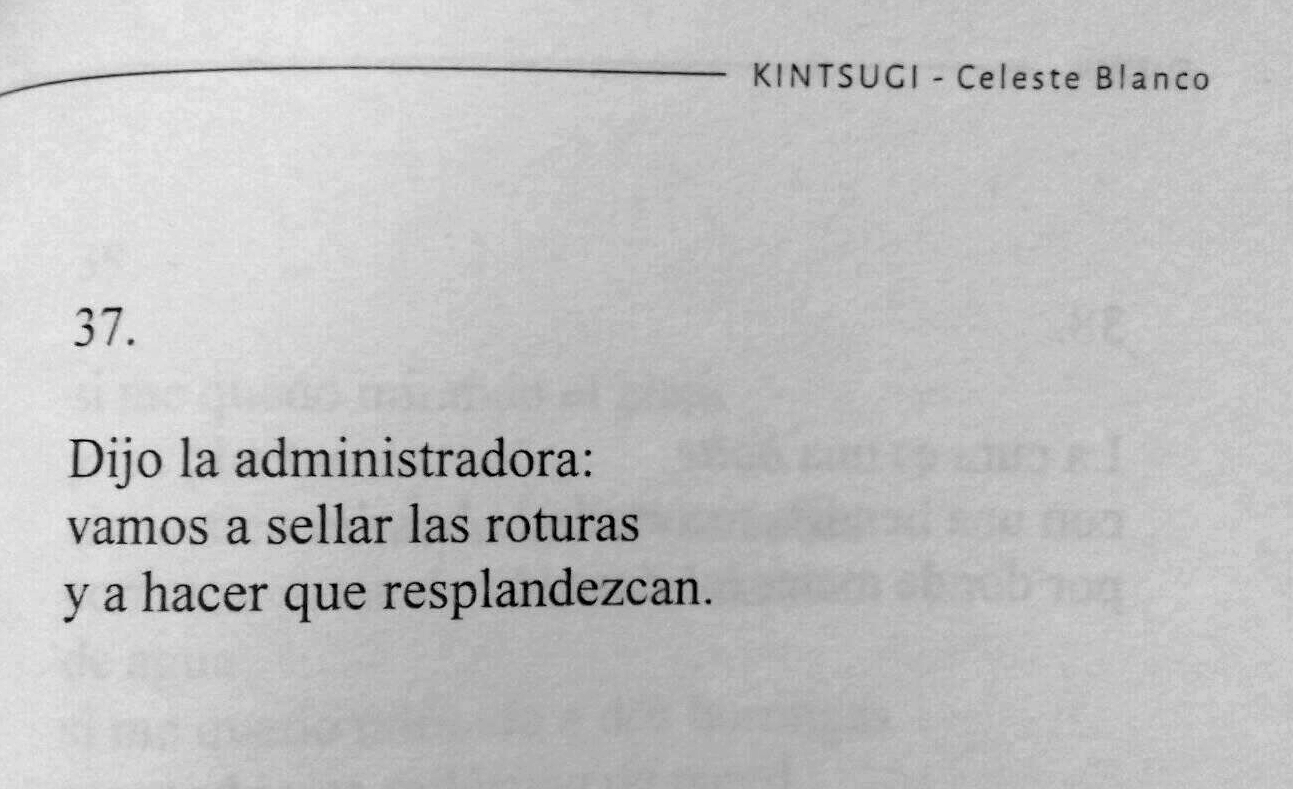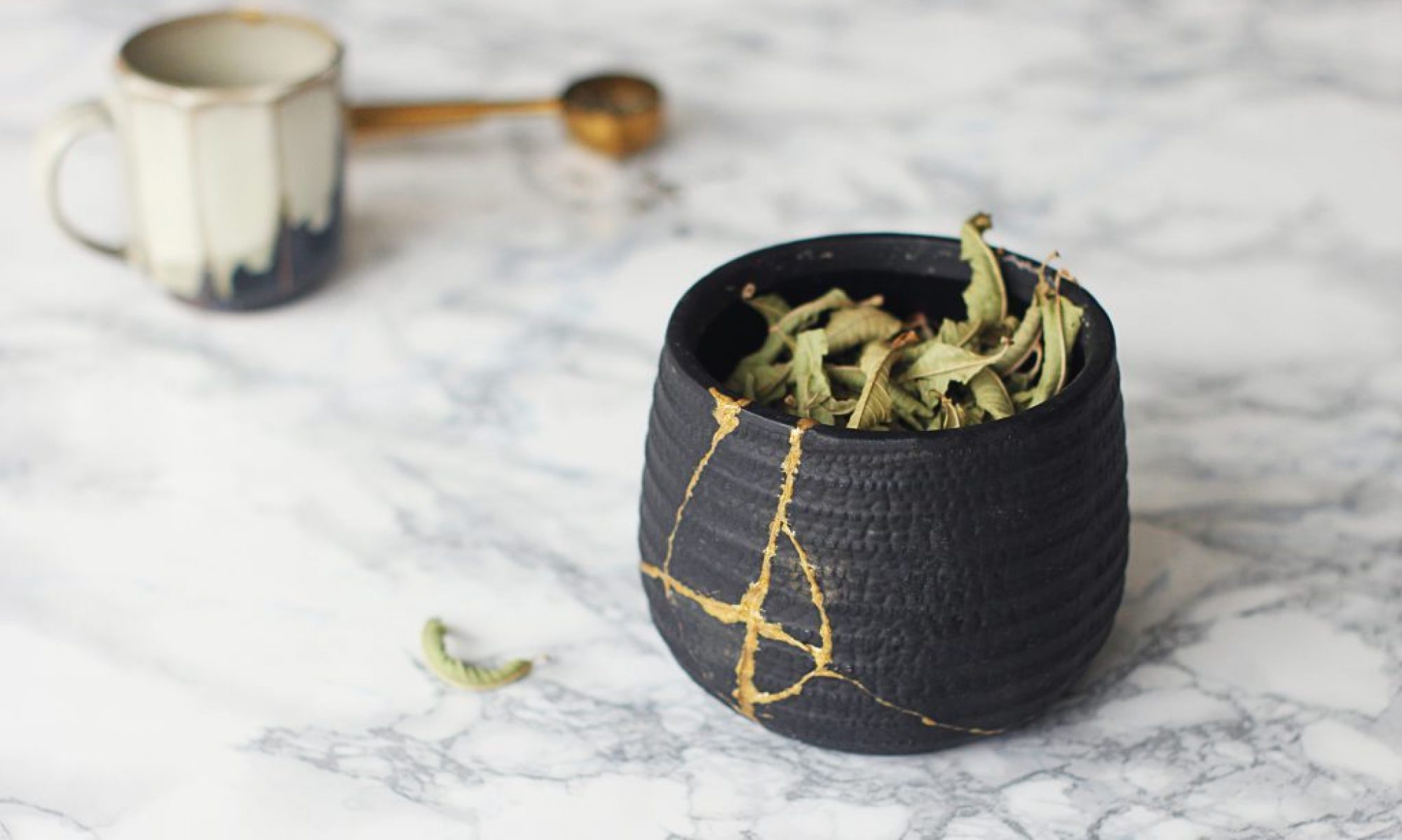Mio Heki
“A lot of glasses break in two, but the material and the feel of each one is always different. I really enjoy the puzzle of fitting shattered parts together. It is a very special feeling, almost like the care and tenderness you give to your child, “says acclaimed kintsugi artist and urushi teacher, Mio Heki, as she sorts her wooden tools and prepares for a new day on her picturesque studio.
As a good craftsman, she makes all her wooden spatulas herself and also only uses natural materials and not only because tool-making is an almost extinct profession, but because she is an artist who really enjoys making her own tools and making the most of the material she has.
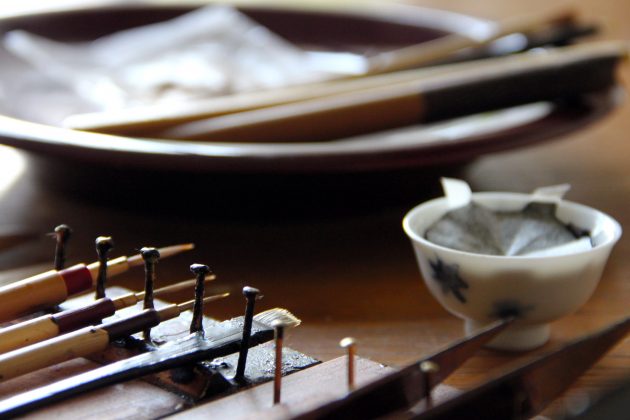
Heki not only know show to repair a broken tea bowl in the most beautiful way, but she has also mastered the art of serving tea, with a license for the Sado tea ceremony. But his artistic creativity goes even further. Heki uses all of his creativity along with his urushi skills to design ornaments, costumes and gadgets used invarious theatrical performances and also runs her own jewelry brand. Inspired by nature, she Heki forms her jewelry from silver, stones or large green turban shells, combining various traditional urushi techniques such as kintsugi and makie. She decorates her gems using thin layers of shaded urushi lacquer, eggshells, and gold dust.

Mio Heki has restored national treasure buildings and important cultural properties in Japan. In 2016, he established “urushi hifumi workshop” in Kyoto, where he performs a variety of jobs with Urushi (a Japanese lacquer from the sap of Urushi trees), jobs such as restoring items with the Kintsugi technique, repairing or restoring antiques, custom lacquer ware manufacturing, jewelry making and workshops. Through these workshops (Urushi and Kintsugi), he likes to introduce people to Urushi, as a material that was inherited from ancient Japan, and show how interesting Urushi lacquer and Japanese lacquer technique can be.
She thinks that Urushi (the gift of mother nature) is a very attractive and important material, which contains the traditional way of life and history of Japan. “
Interview to Mio Heki in Kyoto Journal
Cinema
Kintsugi – The Line Of Destiny
¿Is it too late to change the future of ourplanet?
“Kintsugi – The Line Of Destiny” is an impressive documentary that takes the public to the most remarkable places on earth. Filmed in Morocco and Italy, it has incredible views, where at the same time they present the lifestyle of the Berber people who live in the Sahara desert and the Atlas Mountains, whose only source of livelihood is the natural resources found there.
Narrated by Viviana Puello, with a deep and inspiring message, the viewer will be impressed by the magnificent images and impressive landscapes. Offering alarming but also forward-looking information, the film is a reminder to our hearts.
Kintsugi (2015)
This film captures the look of director Alia Hassan at the phenomenon of “labeling” in today’s society. Taking the story of “Bob”, a childhood companion who over the years decided to be a drug dealer but nevertheless did not lose the spark, intelligence and good humor that characterized him all his life.
We are so used to labeling people that we do not see beyond the outside and we forget their humanity and inner self-esteem. And we also forget that everyone does things for their own reasons, even if sometimes they are reasons that we don’t understand.
Theater
“Kintsugi (or the art of resilience)”
A play written and directed by Hernán Grinstein. The story of six beings who will find their cracked blocks. It will be the journey of the narrative and the stoicism of these resilient beings, where the puzzle of the pieces is assembled and turned again into a single piece. This time with deep imprint, wisdom and history.
Dance
Kintsugi : “The aesthetic of imperfection”
Interested in new languages and limits of the movement, Iron Skulls Co. explores the quintet format in the search for the relationship between technique, beauty and imperfection through dance.
First Prize Hiphop Category. Burgos-New York International Contest, Burgos 2017.
Music
Pokaz Trio
Pokaz Trio was formed in 2016 in Odessa(Ukraine) by composer and pianist Andrew Pokaz.
The members of the trio, in addition to the author of the project, are double bass player Vitalii Fesenko and drummer Jacob Taruntsov. The main objective of this group is to help their audience develop their emotional intellect, to take a conscious step to a better life. Pokaz Trio focuses on the pictures that component of their music, causing the listener to immerse themselves in a different emotional state and jointly empathizing with the musicians. It is difficult to define precisely the genre of this trio, they call it “futuristic jazz”.
Residents of major jazz events, festivals and jamsessions in Odessa and other Ukrainian cities, Pokaz Trio has become astrong player on the Ukrainian jazz scene.
In January 2018 the group released their first album called “Kintsugi” at the Odessa Philharmonic Theater. The album is in the final stages of mastering, and will be produced shortly.
Death Cab For Cutie — Kintsugi
There is not much todecipher when you listen to the songs on the album if you keep in mind what the Kintsugi means. What were once lyrics that wanted to tell much more than we understood, have now become closer than ever. This album is about falling apart, breaking into pieces, embracing your own imperfections and putting yourself back together. To be stronger.
Mike Díaz
MikeDíaz premiered his third video of the year, “Kintsugi”, a fantastic song about love and heartbreak, with a beat that catches you and leaves you floating, a chorus that you learn on the second listen and lyrics in the always highregister from Mike. A song as a whole that has everything to be a contemporary classic. Like all the songs that Mike has been releasing, the work in the production, mixing and master is by Kibou, on this song accompanied by Castmu, and with all the musical idea also his.
Sculpture
Billie Bond

“For me, the representation of realism is aprofession, art begins when I destroy it”
This series of works, Billie Bond explores fragility and resilience through a process of destruction and repair, a paradox of the human condition. Also inspired by Kintsugi’sphilosophy.
Photography
Hélène Gugenheim
If bodies are capable of telling stories, scars are their words.
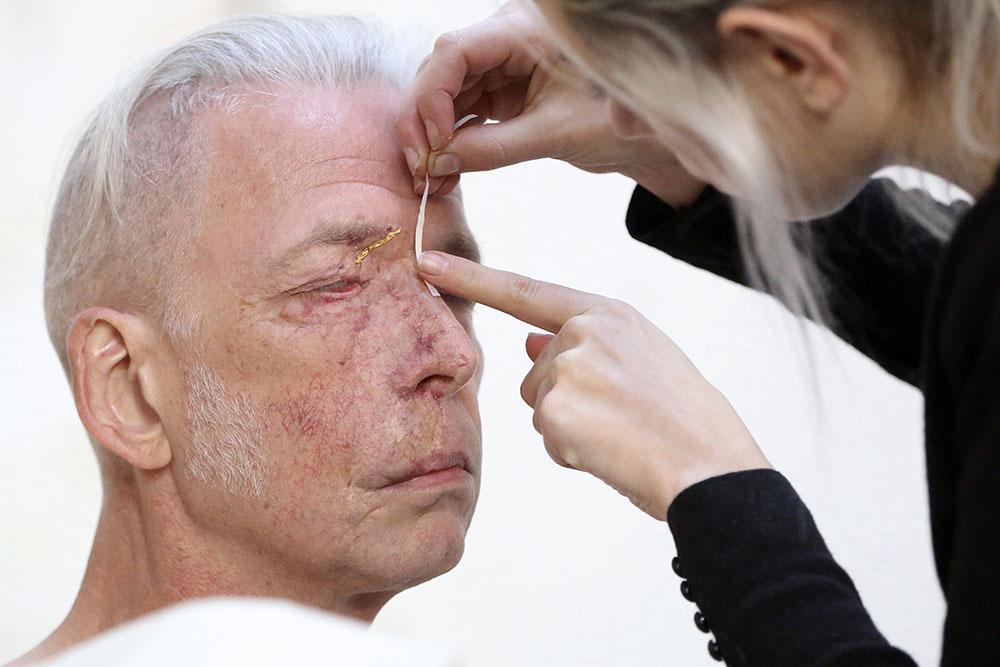
In 2015, artist Hélène Gugenheim met Marie, the two women were changing clothes close to each other and Hélène noticed thes car from a mastectomy that Marie had in the place where her left breast should have been, and immediately thought: “I have to cover it with gold.”
Inspired by the kintsugi method, Gugenheim knew exactly what to do when she saw Marie’s scar. Thus wasborn the project Mes cicatrices, Je suis entièrment tissé (My scars, which I have woven forever) by the Parisian artist, who uses photos and videos to document the ritual application of gold leaf on scars, in a protocol that the artist herself has developed.
Poetry
Nikita Gill
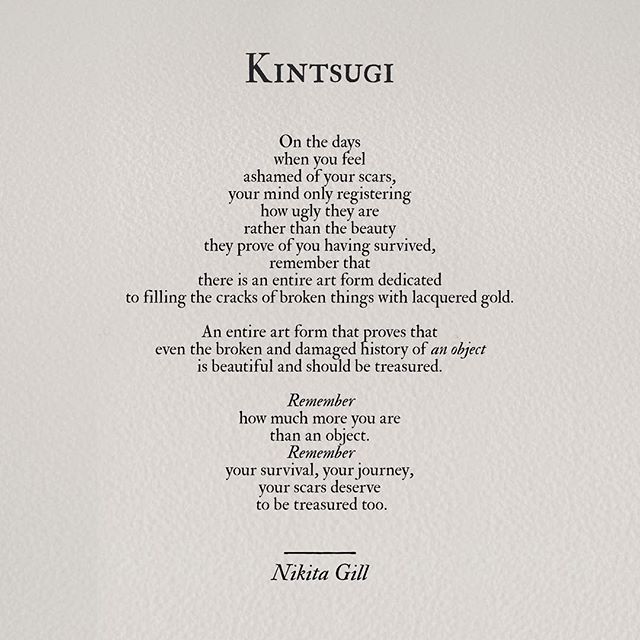
Nikita Gill, lives in the United Kingdom and began to publicize his poetry on the Tumblr network. Hence, she continued Instagram and little by little she made herself known to hundreds of people, mainly young people who identify with her lyrics who feel that she says everything that they do not know how to express disguise it. The main themes in her poems are: the strength of women, the importance of inner beauty as well as feminism. She also talks about pain, wounds, heartbreak, beauty and life itself. She has a self-published book onAmazon, a compilation called “Your body is an ocean: Love and other experiences.” So it is worth reading it and learning about the lack of love and the vindication of beauty when all seems lost.
Celeste Blanco
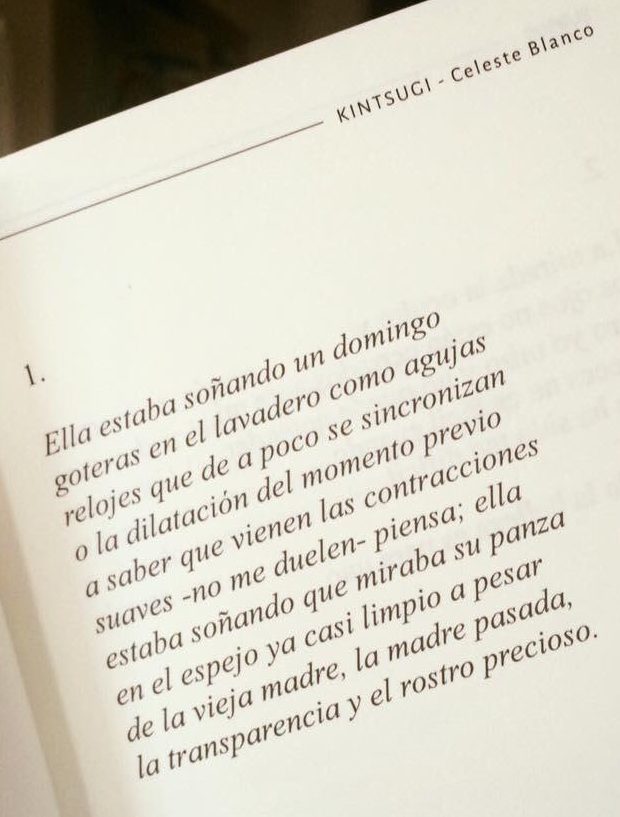
The Kintsugi transforms the object and exposes its cracks, shows its history, embellishes it. It is the art of honoring scars and it is also this collection of poems by Celeste Blanco, the interior and exterior alchemy of auterus and a building that could well be the same space. Kintsugi’s poems immerse the reader in some archaic ritual of reconstruction and rebirth: “I have to tell you / that between the mud / and the shapeless materials / I begin to find / golden objects.”
